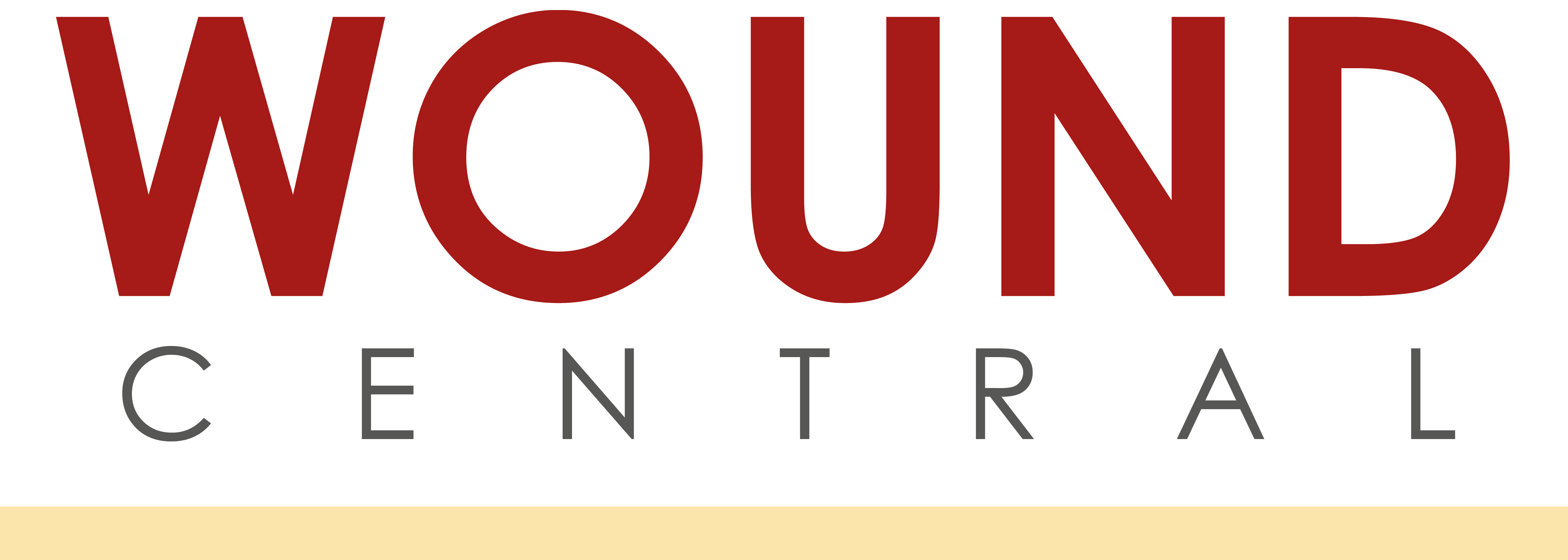References
Comparing near infrared spectroscopy and transcutaneous oxygen measurement in hard-to-heal wounds: a pilot study
Abstract
Objective:
Oxygen plays an integral role in all phases of the wound healing process and tissue oxygenation is a key determinant of wound healing. A comprehensive evaluation of patients with hard-to-heal wounds must include measurement of oxygenation in and around the area of skin breakdown. The current gold standard, transcutaneous oxygen measurement (TCOM), has numerous drawbacks and as a result has fallen into disuse.
Method:
This study compared measurement of tissue oxygenation of near infrared spectroscopy (NIRS) with TCOM in patients with acute and hard-to-heal wounds. The Shapiro-Wilk test was used to evaluate the normality of the data. The level of agreement between NIRS and TCOM was determined using Bland-Altman analysis. The relationship between TCOM and NIRS was examined using Pearson correlation.
Results:
A total of 24 observations were obtained from 10 patients using TCOM and NIRS. The weighted mean partial pressure of oxygen (pO2) in the study population was 39.54mmHg (8.96 standard deviation). Bland–Altman analysis showed that mean difference was positive (18.75), suggesting an overestimation of oxygen measurements using TCOM compared with NIRS. The oxygen levels measured by TCOM and NIRS showed a strong correlation (r=0.74).
Conclusion:
The wound and hyperbaric community would benefit from a simplified procedure for measuring tissue oxygenation. These findings suggest a strong trend toward correlation between NIRS and TCOM. A further study in a larger population is recommended. NIRS offers several advantages over TCOM. Clinicians have immediate point-of-care visualisation of tissue oxygenation using a handheld device. The procedure takes minutes to perform and is less operator-dependent than TCOM. Finally, NIRS allows measurement of oxygenation in the wound bed, while TCOM does not.
Hard-to-heal wounds can take weeks to months to heal, resulting in pain and diminished quality of life (QoL). In addition, open wounds can lead to complications, such as infection, amputation, sepsis and death.1,2,3 An estimated 8.2 million people in the US have hard-to-heal wounds, at a cost exceeding $28 billion dollars annually.3,4 A number of factors impede wound healing: moderate-to-heavy bacterial load, low tissue oxygen tension, elevated inflammatory proteases, diminished growth factors, the presence of nonviable tissue and host factors, such as age and comorbid conditions.5,6
Tissue oxygenation is a key determinant of wound healing.7,8 Oxygen is involved in numerous biological processes including cell proliferation, angiogenesis and protein synthesis.8 In patients with Wagner 3 and 4 diabetic foot ulcers (DFUs), hyperbaric oxygen therapy (HBOT) has been shown to promote healing.9 Similarly, in Wagner 1 and 2 DFUs, topical oxygen treatment has been shown to be efficacious.10 Wound oxygenation measurement is part of the standard evaluation of a patient with a hard-to-heal wound. The gold standard in assessing oxygenation, transcutaneous oxygen measurement (TCOM), measures the partial pressure of oxygen on the skin surface using heated electrodes.10,11,12,13,14,15 Several studies have demonstrated the value of TCOM.10,11,13 It can predict the likelihood of wound healing in patients with and without diabetes. In addition, it is used to decide on the level of amputation and determine the best candidates for HBOT.14,16 However, TCOM has several drawbacks: the procedure is labour and time-intensive, room temperature must be kept between 68°F and 72°F, probes cannot be applied directly to the wound bed or over bony prominences, and the disposable electrodes are expensive.16,17 As a result, the search for a simpler alternative continues.
Register now to continue reading
Thank you for visiting Wound Central and reading some of our peer-reviewed resources for wound care professionals. To read more, please register today. You’ll enjoy the following great benefits:
What's included
-
Access to clinical or professional articles
-
New content and clinical updates each month

